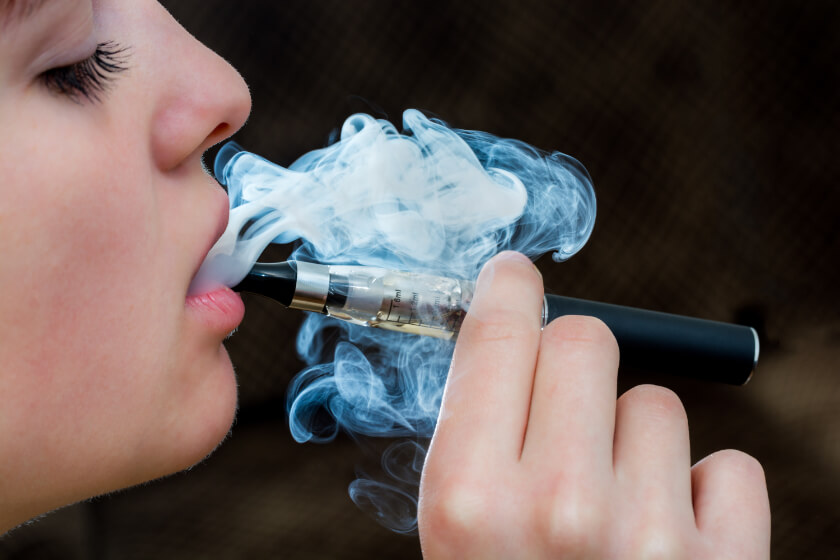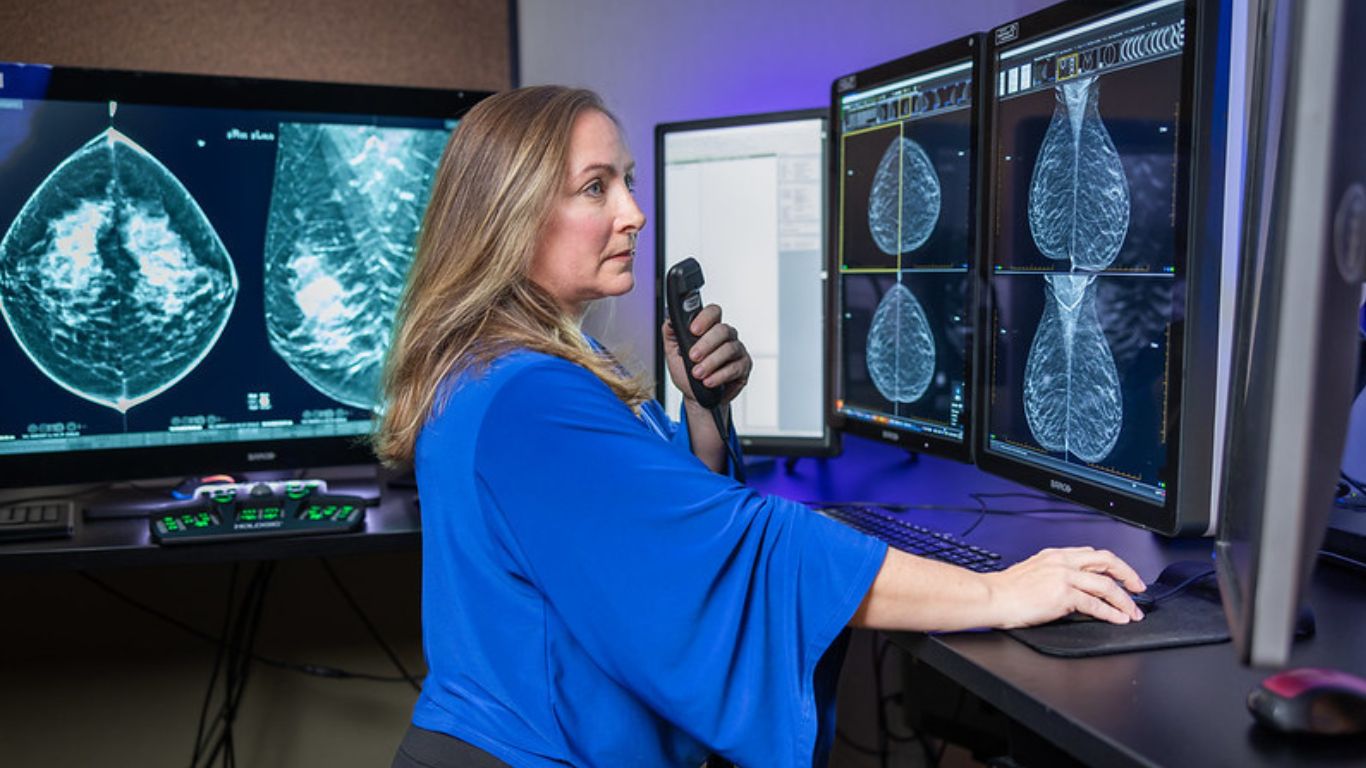
Is Vaping Bad for My Lungs?
After his father died of smoking-related lung cancer, Chinese pharmacist Hon Lik invented the e-cigarette as an alternative to conventional tobacco smoking. Hon Lik was also a smoker who tried unsuccessfully to quit using the nicotine patch. He received a patent for his e-cigarette design in 2003 and the devices hit the Chinese market the next year. By 2006, e-cigarettes were available outside of China and growing in global popularity as a way to quit smoking.
E-cigarettes, also known vape pens, have also gained popularity as a form of smoking. About 1 in 20 Americans vape, and e-cigarette use among youngsters has skyrocketed by 1800 percent.
While they are less harmful than regular cigarettes, e-cigarettes can still pose a health hazard.
What is Vaping?
The technical name for vaping is electronic nicotine delivery system (ENDS), which is an umbrella term for vape pens and electronic cigarettes, along with pods, tanks, and mods. These devices use a heating element that vaporizes an aerosolized liquid rather creating smoke. The liquids may include propylene glycol, nicotine, glycerin, flavorings, and sometimes THC, which is the psychoactive component of marijuana.
The FDA has now authorized more than 20 tobacco-flavored e-cigarette products and devices. E-cigarettes usually have a rechargeable base that looks like a pen or a USB flash drive, and a disposable cartridge that contains the flavored liquids. The base heats up the liquid inside the cartridge until the liquid turns to vapor. A vaping system is similar to nebulizer, which turns liquid medicine into a vapor that patients with asthma and other lung problems breath in. Turning liquid into vapor is a highly effective way to deliver medicine into the body – it is also effective at coating the lungs with potentially harmful chemicals. Some of the vaporized chemicals get deep down into the lungs to cause an inflammatory response or worse.
Is Vaping Healthy?
Vaping is a healthier alternative to smoking, but it is not healthy.
Vaping products contain nicotine, which is highly addictive. The amount of nicotine can vary from product to product.
Some vaping products may contain vitamin E as a thickening and delivery agent. While vitamin E is safe when taken orally or rubbed onto the skin, it can irritate the lungs when inhaled. Vitamin E is often found in the lungs of people with severe vaping-related damage.
Other substances in e-cigarettes can be harmful when heated up. These substances include:
Diacetyl – a food additive often used to give e-cigarettes a deeper, buttery flavor; diacetyl is known to scar and constrict the small passageways in the lungs, blocking the movement of air
Formaldehyde – vape liquids often contain propylene glycol, which releases formaldehyde gas when heated; formaldehyde can cause wheezing, asthma attacks and other respiratory symptoms, headache, runny nose, nausea difficulty breathing, and even cancer
Acrolein – heating glycerol causes the formation of acrolein; used most often as a weed killer, acrolein can damage lungs
Types of Lung Damage Caused by Vaping
Vaping can damage the lungs in a number of ways.
EVALI
EVALI is an acronym that stands for e-cigarette or vaping use-associated lung injury. Medical experts suspect contamination of the vitamin E often used in vaping, especially for e-cigarettes containing THC. Symptoms of EVALI include shortness of breath, chest pain, and severe breathing difficulty.
By 2020, more than 2800 e-cigarette users had required hospitalization due to EVALI; 68 of them had died. The number of EVALI cases has dropped dramatically since the removal of vitamin E from e-cigarettes.
Popcorn lung
Also known as bronchiolitis obliterans (BO), popcorn lung is a rare condition associated with damage of small airways within the lungs. Scarring in the smallest branches of the airways can make breathing difficult.
The name “popcorn lung” refers to the time when popcorn factory workers started getting sick. Researchers eventually found the cause – the popcorn factory workers were exposed to the food additive diacetyl, added to give microwave popcorn a buttery flavor. E-cigarette makers add diacetyl to flavor their products.
Symptoms of popcorn lung include:
- Wheezing
- Coughing
- Shortness of breath
- Chest pain
Vaping-Related Lipoid Pneumonia
Pneumonia usually develops as the result of infection, but vaping-related lipoid pneumonia develops when oily substances in e-liquid enter the lungs to cause an inflammatory response. Symptoms of vaping-related lipoid pneumonia include:
- Shortness of breath
- Chronic cough
- Coughing up blood or blood-tinged mucus
Diagnosis and Treatment of Lung Problems Associated with Vaping
Doctors diagnose lung problems associated with vaping by taking a detailed medical history, including information about the patient’s vaping habits. They usually order a chest x-ray or computed tomography (CT) scan to look for opacities, which are hazy spots visible on the lungs.
Treatments for lung problems associated with vaping include corticosteroids to reduce inflammation in the lungs, antibiotics for pneumonia, and supplemental oxygen as needed.
For more information on the benefits and risks of vaping, consult with your doctor. Using e-cigarettes can help you quit smoking tobacco, but it may still pose a health hazard.




